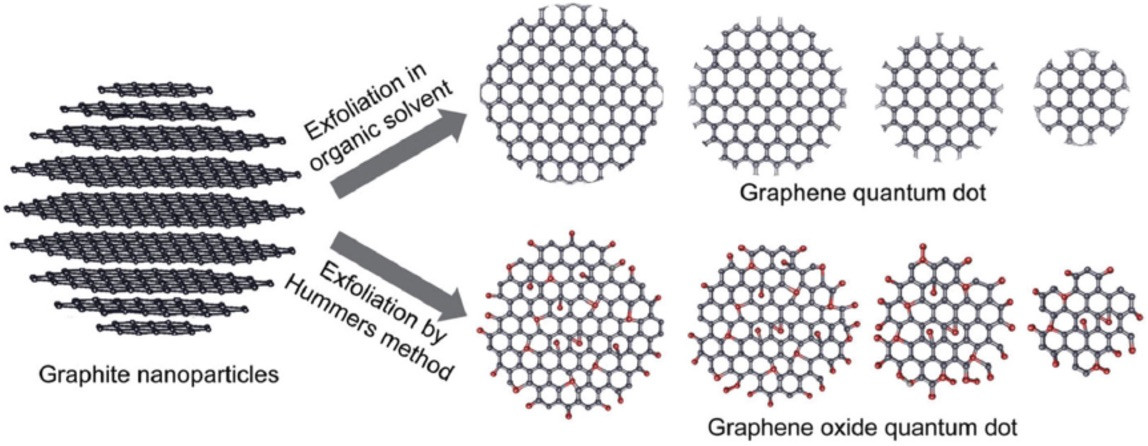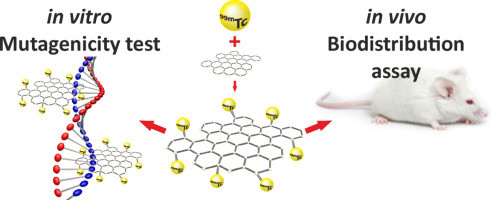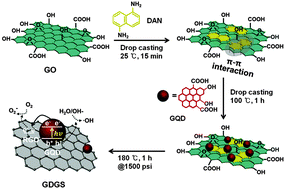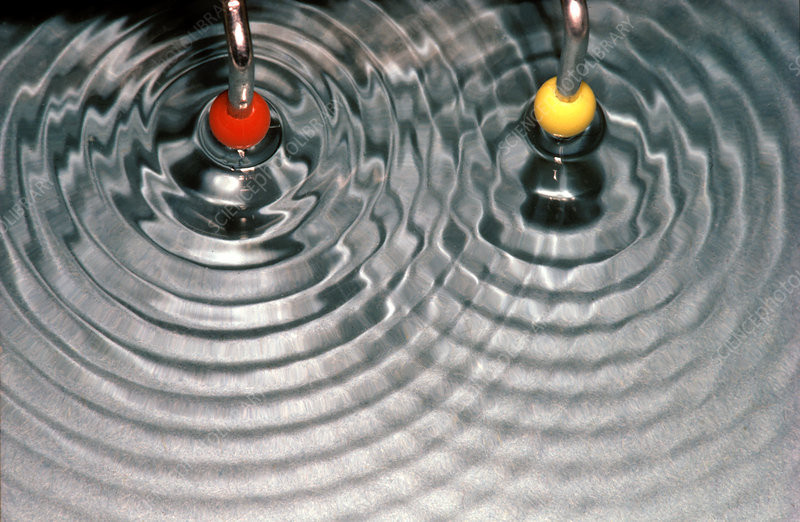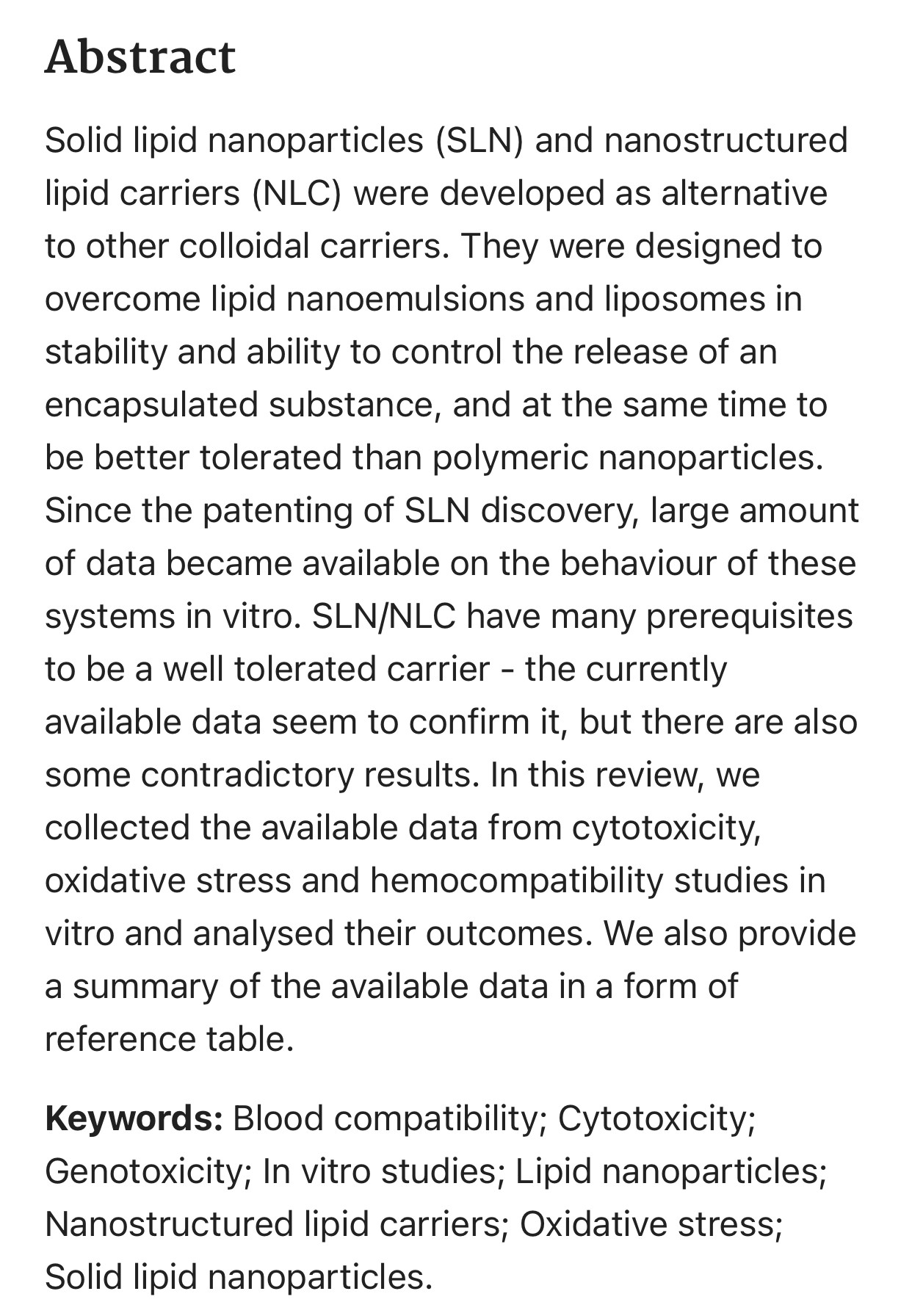Notice: Trying to access array offset on value of type bool in /home/admin/www/v2.anonup.com/themes/default/apps/timeline/post.phtml on line 1
Notice: Undefined index: owner in /home/admin/www/v2.anonup.com/themes/default/apps/timeline/post.phtml on line 36
Notice: Trying to access array offset on value of type null in /home/admin/www/v2.anonup.com/themes/default/apps/timeline/post.phtml on line 36
Notice: Undefined index: owner in /home/admin/www/v2.anonup.com/themes/default/apps/timeline/post.phtml on line 37
Notice: Trying to access array offset on value of type null in /home/admin/www/v2.anonup.com/themes/default/apps/timeline/post.phtml on line 37
Only followers of this user () can see their posts
Electromagnetic shielding materials generated with the extensive application of electromagnetic wave have been utilized in military radar stealth, electromagnetic shielding of advanced electronic equipment, electromagnetic radiation protection, and other fields. With the quick development of Internet and electronic devices, a large number of electromagnetic waves flood into the living environment, affecting human life and health potentially. Meanwhile, further development and applications of terahertz (THz) electromagnetic detection technology challenge the research of electromagnetic interference shielding (EMIS).
Therefore, EMIS materials have been developed toward the direction of high efficiency, wide bandwidth, and lightweight. However, traditional single metal-based and polymer-based EMIS materials cannot meet the demand. Current studies confirmed that graphene, especially graphene foam (GF)-based EMIS materials, has become one of the most potential EMIS materials in the field of electromagnetic wave loss and absorption due to its unique physical structure and excellent electrical and mechanical properties.
GF, a three-dimensional graphene structure prepared from graphene and its derivatives not only fully utilizes the unique physical and chemical properties of graphene but also further reduces the density of EMIS materials and improves the EMIS performance. This work expounds the potential value of graphene in the field of EMIS based on the mechanism of EMIS and then summarizes the recent progress of GF-based materials for EMIS applications. More focus on the effects of different preparation methods toward the structure, mechanical properties, and EMIS performance of GF materials are introduced and discussed in detail.
I was FlyAnon on Twitter and Gab... Supports Trump, Transparency, Q, Rule of Law and Disclosure of Crime in Government.
'Bhoy' is believed to have originated in New York in around the 1840s, and is from the Irish pronunciation of boy, and relates to rowdy working class folk. Note, the female version was not a 'Ghirl', but a 'Ghal'.
Caption Wave interference pattern. Waves from two sources are interacting with each other. At the point where a wave peak from one hits a wave peak from another, or a trough hits a trough, they reinforce each other; their magnitudes are summed. This is known as constructive interference and is shown by the lightest and darkest patches. The red and yellow balls are points of destructive interference, where a trough hits a peak or vice versa and they cancel each other out.
An echo is a sound that is repeated because the sound waves are reflected back. Sound waves can bounce off smooth, hard objects in the same way as a rubber ball bounces off the ground. Although the direction of the sound changes, the echo sounds the same as the original sound.
High frequency sound waves can be used to detect objects in deep water and to measure water depth. The time between a pulse of sound being transmitted and detected and the speed of sound in water can be used to calculate the distance of the reflecting surface or object.
An echocardiogram (echo) is a graphic outline of the heart's movement. During an echo test, ultrasound (high-frequency sound waves) from a hand-held wand placed on your chest provides pictures of the heart's valves and chambers and helps the sonographer evaluate the pumping action of the heart.
Echogenicity is the physical property by which a tissue interacts with ultrasound, either letting ultrasound waves penetrate or reflecting the beam aimed in its direction.
echogenic (comparative more echogenic, superlative most echogenic)
(medicine) Describing any inner part of the body that reflects sound waves and thus produces echos that may be detected using ultrasound scanners.
Ultrasound technology in combination with echogenic particles is currently having a considerable effect on the modern medical field, not only as a conventional diagnostic modality but also as a methodology that administers therapeutics to various lesions. The diagnostic and therapeutic effects of ultrasound technologies on diseased sites are governed by several primary factors such as the ultrasound technique itself and the physicochemical properties of echogenic particles. Therefore, rational design and a good combination of echogenic particles with the ultrasound technique are the most decisive factors in achieving optimal diagnostic and therapeutic goals. In this respect, great research advances in design and engineering of echogenic particles to meet these diagnostic and therapeutic demands have consistently been made.
Since echogenic particles exhibit quite different behaviors in response to ultrasound, the most important issue in achieving maximal therapeutic efficacy must be the establishment of technical rationales that depend on these particles’ biomedical uses, from the selection of shell materials and gas types to the manufacturing techniques used to make particles of the proper diameter. Several attempts have been made to develop highly effective theranostic echogenic particles that have the proper particle size and yet can sustain intense echo signals for long enough to circulate repeatedly through the body, a primary requirement for targeting and accumulating at a diseased site. However, a very important challenge has been the technical barrier between the most favorable in vivo nano-size for desirable biodistribution and the obtaining of a strong echo intensity.
In this review paper, the present status and the critical issues for developing theranostic echogenic particles as an ultrasound contrast agent and drug delivery vehicle will be described. Firstly, conventional micro-sized echogenic particles are comprehensively introduced with their research history, diagnostic applications and intrinsic limitations. Then recent progress in developing more advanced echogenic particles for diagnostic and therapeutic purposes will be described. Most importantly, in this review paper, the design criteria for developing promising theranostic echogenic particles to satisfy recent research and clinicians’ demands will be given, with special emphasis on overcoming the conflicting and insuperable size issue of echogenic particles.
Keywords
Ultrasound imagingUltrasound contrast agentEchogenic particlesMicrobubblesMultimodal theranostic agentUltrasound-triggered drug delivery
Although lipid nanoparticles are promising drug delivery vehicles, passive release of encapsulated contents at the target site is often slow. Herein, we report contents release from targeted, polymer coated, echogenic lipid nanoparticles in the cell cytoplasm by redox trigger and simultaneously enhanced by diagnostic frequency ultrasound.
The lipid nanoparticles were polymerized on the external leaflet using a disulfide cross-linker. In the presence of cytosolic concentrations of glutathione, the lipid nanoparticles released 76% of encapsulated contents. Plasma concentrations of glutathione failed to release the encapsulated contents. Application of 3 MHz ultrasound for 2 minutes simultaneously with the reducing agent enhanced the release to 96%. Folic acid conjugated, doxorubicin loaded nanoparticles showed enhanced uptake and higher cytotoxicity in cancer cells overexpressing the folate receptor (compared to the control). With further developments, these lipid nanoparticles have the potential to be used as multimodal nanocarriers for simultaneous targeted drug delivery and ultrasound imaging.
Keywords: Lipid nanoparticles, Liposomes, Ultrasound, Redox triggered release, Targeted drug delivery, Echogenic liposomes
Research in our lab has led us to the conclusion that the root cause of autism spectrum disorder (ASD) is a persistent cell danger response (CDR)1-7 that is maintained by abnormalities in ATP (purinergic) signaling. This can start with a mutant gene. However, it is far more commonly caused (>90% of children) by many normal genes or near-normal gene variants that interact with environmental threats like air and water pollution, pesticides, infection, or other early life stressors encountered during pregnancy or in the first 2-3 years of life.
pathogenic
/paθəˈdʒɛnɪk/
adjectiveMEDICINE
(of a bacterium, virus, or other microorganism) causing disease.
"a highly pathogenic avian influenza virus"
Although such evidence is not established in all autoimmune diseases, the most common systemic autoantibodies, such as ANAs and ACPAs, are considered pathogenic.
Vaccines versus viruses | Nature Medicine
Influenza virus vaccination for young children living in the US state of New Jersey and who are attending preschool is now compulsory—a mandate that has highlighted a flourishing public mistrust of vaccines.
https://www.nature.com/articles/nm0209-119What Does It Mean to Be Immunocompromised | Penn Medicine
Learn what it means to be immunocompromised, how underlying conditions affect coronavirus (COVID-19) risk, and three ways to protect a compromised immune system.
https://www.pennmedicine.org/updates/blogs/health-and-wellness/2020/may/what-it-means-to-be-immunocompromised
What are three examples of autoantibodies that can be detected and the diseases they are associated with?
List of some autoantibodies and commonly associated diseases
Autoantibody Condition
anti-CCP rheumatoid arthritis
Liver kidney microsomal type 1 antibody autoimmune hepatitis
Lupus anticoagulant Anti-thrombin antibodies systemic lupus erythematosus
Antiphospholipid antibodies antiphospholipid syndrome
50 more rows
Autism is therefore an “ecogenetic” syndrome that alters child development. ASD is the result of gene x environment interactions. The CDR hypothesis proposes that all the core symptoms of ASD are traceable to a treatable metabolic syndrome. Metabolism is the chemistry that cells use to communicate, heal, and grow. This metabolic syndrome can be improved by many different treatments, but is fundamentally caused by persistent abnormalities in purinergic signaling.
Just a patriot who is holding the line and waiting somewhat patiently!
No cure for Autism? The truth turns out to be very different. Over 1000 children were cured : https://andreaskalcker.com/en/health/autism.html
Andreas Kalcker - Autism
Andreas Kalcker Official Website
https://andreaskalcker.com/en/health/autism.html
just highlighting this:
It does not originate in the brain but it is usually induced in the enteric system BY VACCINES (click here to see Video in English)
It cannot have a genetic cause, genetics do not change in 40 years to go from 50 to 10.000 autism cases!
The theory of oxidative stress as such is wrong and therefore everything that is based on it including: (Mytohormesis) (Oxidative shielding)
Oxidative stress plays a critical role in nanotoxicity. Various types of nanoparticles are known to induce oxidative stress by generating intracellular reactive oxygen species (ROS). Cellular uptake of nanoparticles and intracellular metal ion release are important factors for intracellular ROS generation.
Lipid peroxidation is the chain of reactions of oxidative degradation of lipids. It is the process in which free radicals "steal" electrons from the lipids in cell membranes, resulting in cell damage. This process proceeds by a free radical chain reaction mechanism.
Many autistic children share a chronic flaw in the body's natural defenses against oxygen free radicals -- corrosive molecules in the body that can severely damage developing brain cells, scientists said Saturday in San Diego.3 Apr 2005
Solid lipid nanoparticles (SLN) are colloidal drug and/or gene carriers developed from solid lipids and surfactants that are considered safe. Cationic SLN, usually used for formulating poorly water-soluble drugs and for gene delivery purposes, as positively charged particles may attach to cellular surfaces and be internalized more easily than negatively charged SLN, but they can also cause damage. The main aim of this work was to test a set of cationic SLN and investigate its influence on the amount of reactive oxygen species (ROS), on antioxidant enzymes activities and on possible oxidative damage to membrane lipids in HepG2 cells.

